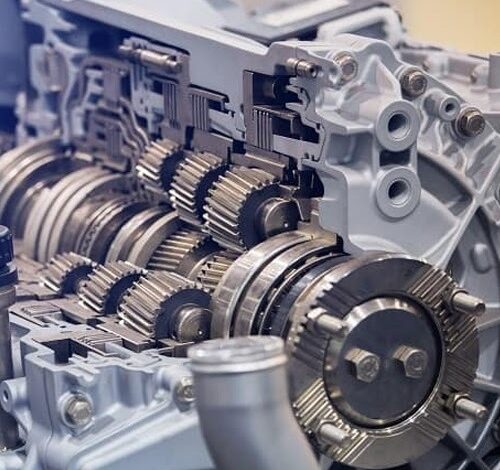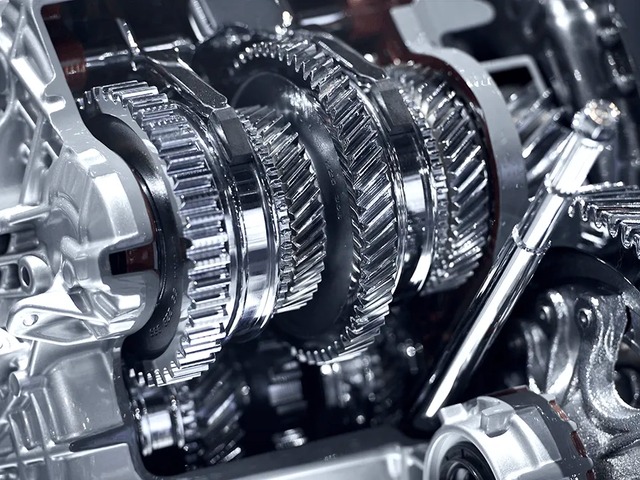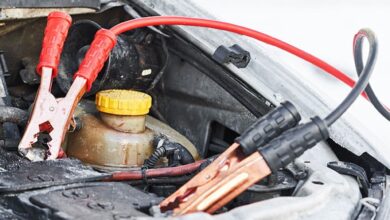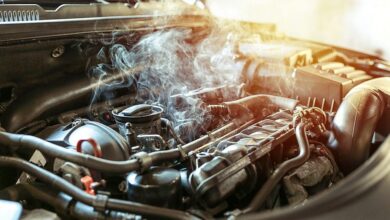Better Understand Automotive Transmission System and How to Maintain It

The automotive transmission system serves as the intricate mechanical conductor that ensures the seamless transfer of power from the engine to the wheels, allowing a vehicle to navigate through the complexities of the road. Understanding the nuances of this essential component not only empowers drivers but also plays a pivotal role in maintaining the longevity and efficiency of the entire vehicle.
In this comprehensive guide, we embark on a journey to unravel the mysteries of the automotive transmission system. From the basics of how transmissions work to the various types available in the market, we will explore the inner workings that contribute to the smooth operation of your vehicle. Moreover, we’ll delve into the crucial aspect of maintenance, providing valuable insights on how to preserve the health of your transmission system.
Whether you’re a seasoned car enthusiast or a driver seeking to demystify the complexities of your vehicle, this article aims to be your go-to resource for a better understanding of automotive transmission systems. Join us as we navigate through the gears, torque converters, and fluid dynamics that define the heart of your vehicle’s powertrain, arming you with the knowledge needed to keep your transmission running smoothly for miles to come.

Contents
- 1 What is an Automotive Transmission System?
- 2 Types of Automotive Transmission Systems
- 3 Understanding the Inner Workings of an Automotive Transmission System
- 4 Tips for Maintaining an Automotive Transmission System
- 5 Automated Revolution: Self-Driving Vehicles and the Safety Challenges Waiting to Be Faced
What is an Automotive Transmission System?
The automotive transmission system is a mechanism that transmits power from the engine to the wheels. It consists of various components, including gears, clutches, torque converters, and shafts. Its primary function is to control the speed and torque of the engine while providing different gear ratios to optimize vehicle performance under various driving conditions.
Types of Automotive Transmission Systems
There are several types of automotive transmission systems available in the market today. Let’s take a closer look at the most common ones:
Manual Transmission
Manual transmissions, also known as standard or stick shift transmissions, require the driver to manually shift gears using a clutch pedal and gear lever. This type of transmission offers more control over the vehicle’s performance and is often preferred by driving enthusiasts. However, it requires more skill and attention from the driver.
Automatic Transmission
Automatic transmissions, on the other hand, shift gears automatically without driver intervention. They use a torque converter to transmit power from the engine to the wheels. Automatic transmissions are generally easier to operate and provide a smoother driving experience. They are commonly found in modern vehicles.
Continuously Variable Transmission (CVT)
Continuously Variable Transmissions (CVT) use a pulley and belt system to provide an infinite number of gear ratios. This allows for seamless acceleration and improved fuel efficiency. CVTs are becoming increasingly popular in small and mid-sized vehicles due to their smooth operation and improved performance.
Dual-Clutch Transmission (DCT)
Dual-Clutch Transmissions (DCT) combine the best of both manual and automatic transmissions by using two separate clutches. One clutch engages the odd-numbered gears, while the other engages the even-numbered gears. This allows for lightning-fast gear shifts and enhanced performance, making DCTs a popular choice in high-performance vehicles.
See more: Explore Famous Terrain Vehicles on the Market
Understanding the Inner Workings of an Automotive Transmission System
To better understand how to maintain an automotive transmission system, it is crucial to grasp its internal components and their functions. Let’s explore the key elements of a typical transmission system:
Gears
Gears play a vital role in transmitting power from the engine to the wheels. They vary in size and shape to provide different gear ratios, allowing the vehicle to achieve different speeds and torque outputs. Gears are engaged or disengaged by various mechanisms within the transmission system.
Clutches
Clutches are used to engage or disengage gears in manual and automatic transmissions. In manual transmissions, they are operated by the driver through the clutch pedal. In automatic transmissions, clutches are controlled hydraulically or electronically.
Torque Converter
Torque converters are used in automatic transmissions to transfer power from the engine to the transmission. They allow for smooth engagement of gears and act as a fluid coupling device.
Shafts
Shafts transmit power from the transmission to the wheels. In a front-wheel-drive vehicle, there are typically two shafts: one for transmitting power to the front wheels and another for supporting them.
Valve Body
The valve body is a crucial component in an automatic transmission system. It controls hydraulic pressure to engage or disengage clutches and shift gears based on driver input or sensor signals.
Tips for Maintaining an Automotive Transmission System
Proper maintenance of your vehicle’s transmission system can significantly extend its lifespan and prevent costly repairs down the line. Here are some essential tips for maintaining an automotive transmission system:
Regular Fluid Checks and Changes
Regularly check the transmission fluid level and condition according to your vehicle manufacturer’s recommendations. Over time, fluid can become contaminated or break down, leading to poor transmission performance or even failure. Replace the fluid as needed to ensure optimal lubrication and cooling of the transmission components.
Follow Recommended Service Intervals
Adhere to your vehicle manufacturer’s suggested service intervals for transmission maintenance. This may include fluid changes, filter replacements, and overall inspections. Routine servicing helps identify potential issues early on and allows for timely repairs or adjustments.
Avoid Excessive Heat
Excessive heat can be detrimental to your transmission system’s health. Avoid heavy towing, aggressive driving, or prolonged idling, as these activities can generate excessive heat. Installing an auxiliary transmission cooler can also help maintain lower operating temperatures.
Use the Correct Fluid Type
Always use the recommended transmission fluid specified by your vehicle manufacturer. Using the wrong type of fluid can lead to poor performance, increased wear, or even complete failure of your transmission system.
Be Mindful of Shifting Techniques
If you drive a manual transmission vehicle, practice proper shifting techniques to reduce unnecessary stress on your clutch and gears. Avoid aggressive shifting or riding the clutch pedal, as these habits can accelerate wear and tear.
Check for Leaks
Periodically inspect your vehicle for any signs of transmission fluid leaks. Leaks can lead to low fluid levels and potential damage if left unaddressed. If you notice any leaks, have them repaired promptly by a qualified technician.
Avoid Overloading
Avoid overloading your vehicle beyond its recommended capacity. Overloading can strain your transmission system, leading to premature wear and reduced performance.
Keep Your Engine Well-Maintained
A well-maintained engine can indirectly contribute to the longevity of your transmission system. Regularly change engine oil, replace air filters, and perform scheduled maintenance to ensure optimal engine performance.
Seek Professional Assistance when Needed
If you encounter any issues with your transmission system or are unsure about performing maintenance tasks yourself, seek assistance from a qualified automotive technician or transmission specialist. They have the necessary expertise and equipment to diagnose problems accurately and provide appropriate solutions.
Automated Revolution: Self-Driving Vehicles and the Safety Challenges Waiting to Be Faced
Understanding how an automotive transmission system works and implementing proper maintenance practices can save vehicle owners from costly repairs while ensuring optimal performance and longevity. By following the tips outlined in this blog post, you can better maintain your transmission system and enjoy a smooth driving experience for years to come. Remember, regular maintenance is key to preserving the heart of your vehicle’s powertrain – its transmission system!
See more at: Topcarr






















